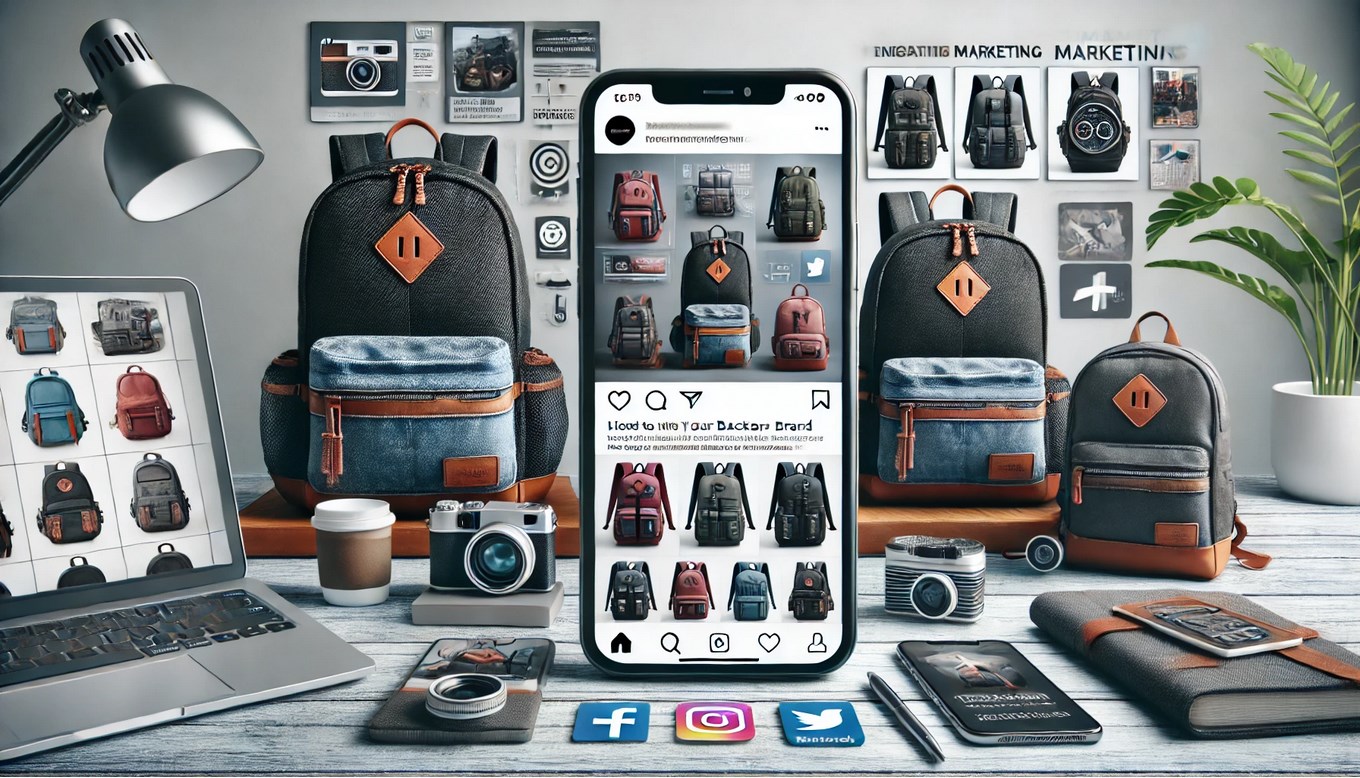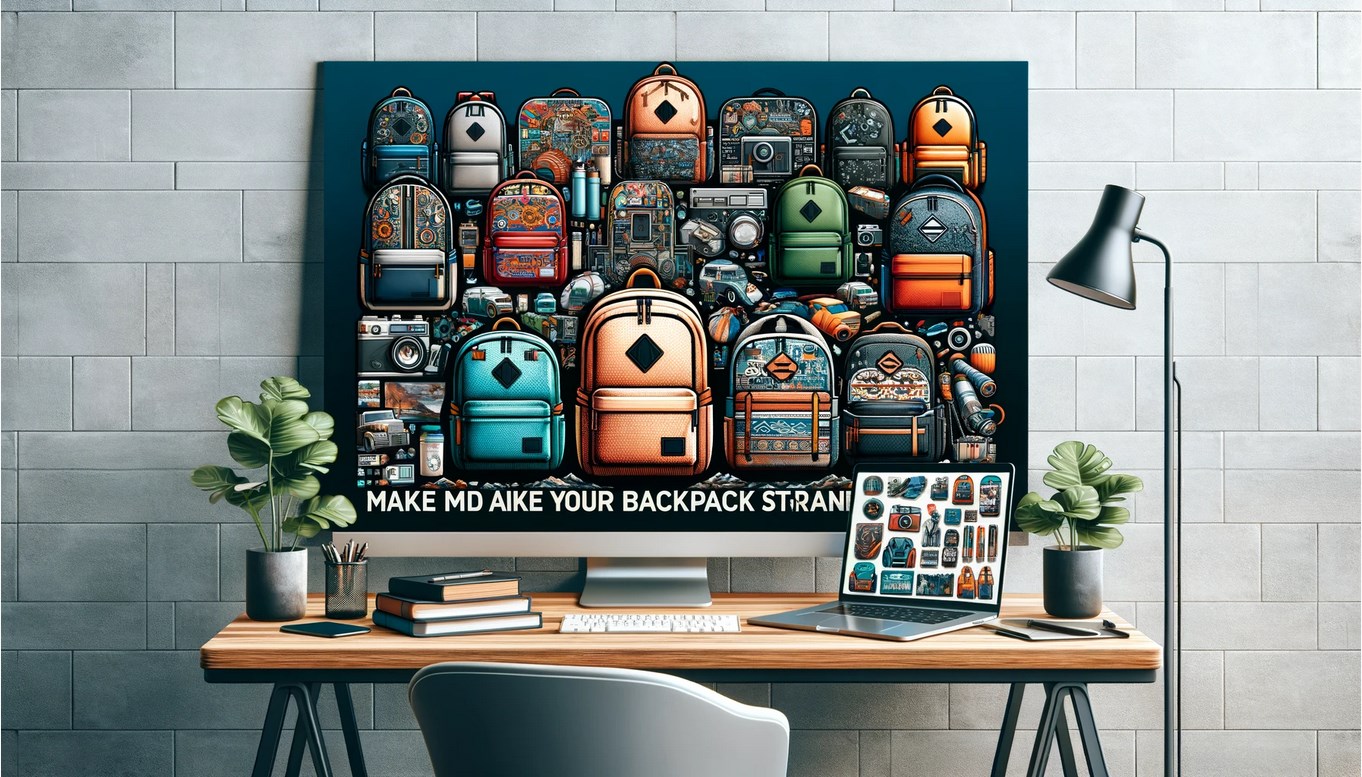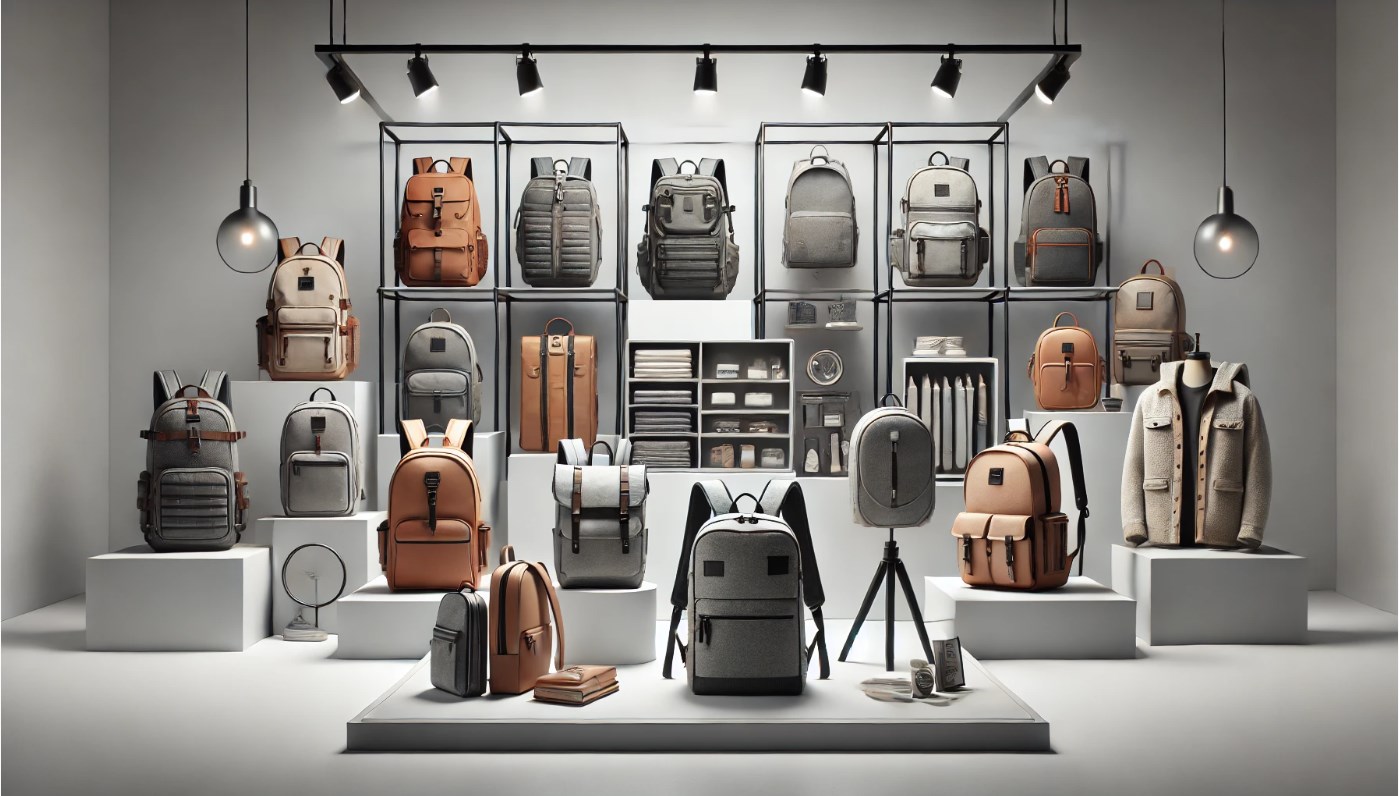Creating a strong brand identity for your backpack line is crucial for standing out in a crowded and competitive marketplace. A compelling brand identity not only sets your products apart from the competition but also helps build customer loyalty and trust. In an industry driven by both function and style, your backpack brand needs to resonate with your target audience while reflecting your company’s values, mission, and unique selling proposition.
A backpack brand’s identity encompasses much more than just a logo or a catchy slogan. It involves the emotional connection between your products and consumers, the story behind your brand, and the values you promote. In 2025, when sustainability, technology, and design are top priorities for consumers, developing a brand identity that aligns with modern trends is more important than ever.
Brand Identity and Its Importance
Before diving into the specifics of creating a strong brand identity for your backpack line, it’s important to first understand what brand identity is and why it matters. Brand identity is the collection of elements that define how a brand is perceived by its audience. It includes visual aspects like logos, colors, and packaging, as well as the deeper elements such as brand values, tone of voice, and customer experience.
What Is Brand Identity?
Brand identity is the way your brand communicates its essence and sets itself apart in the minds of consumers. It is a combination of tangible and intangible elements that create an image of your brand in the market. When done right, brand identity will drive recognition, influence consumer choices, and foster loyalty.
Some of the key components of brand identity include:
- Logo: A visual representation of your brand, often the most recognizable part of your brand identity.
- Color Palette: The colors associated with your brand, which can evoke emotions and affect how your brand is perceived.
- Typography: The style of fonts used in your communications, including advertising, product labels, and website design.
- Voice and Messaging: The tone and language used in your marketing, customer interactions, and advertising.
- Packaging: The design and quality of the packaging that houses your product, which plays a significant role in the consumer’s perception of your brand.
Why Brand Identity Is Important
In the highly competitive backpack market, strong brand identity is a critical tool for differentiation. Consumers are more likely to choose a brand they recognize and trust, and a memorable brand identity builds that trust. Here are some reasons why brand identity is so important:
- Recognition and Recall: Consistent brand identity helps your backpack line stand out from the competition. A well-defined and visually cohesive brand can increase the chances of being remembered when consumers are making purchasing decisions.
- Emotional Connection: A strong brand identity builds an emotional connection with consumers, encouraging loyalty and repeat business. When customers identify with the values, mission, or aesthetic of your brand, they are more likely to stay engaged.
- Trust and Credibility: A professional and consistent brand identity communicates trustworthiness and reliability, two essential qualities that consumers look for when purchasing products.
- Value Proposition: Your brand identity should also communicate what makes your backpack line unique—whether it’s design, durability, sustainability, or functionality. A strong identity helps reinforce your value proposition in the minds of consumers.
Defining Your Brand’s Core Message
Creating a brand identity starts with defining what your backpack line stands for. The core message of your brand is the foundation upon which your entire identity is built. This is the message that will resonate with your target audience and differentiate your products from others on the market.
Identifying Your Target Audience
The first step in developing a strong brand identity is to identify your target audience. A clear understanding of who your customers are, what they value, and how they perceive brands will help guide the design and messaging of your backpack line.
- Demographics: Understand the age, gender, income level, and geographic location of your target market. For instance, are you targeting professionals who need sleek, functional backpacks, or are you catering to adventurous travelers who require durable, multipurpose bags?
- Psychographics: Delve deeper into the interests, values, and behaviors of your audience. Do they prioritize sustainability? Are they tech-savvy and interested in backpacks with smart features? Understanding their values and lifestyle will guide the tone and personality of your brand.
Articulating Your Brand’s Mission and Values
Once you have a clear understanding of your target audience, you can develop a mission statement and a set of brand values. Your mission is the reason your backpack brand exists beyond making a profit, while your values are the principles that guide your business decisions and interactions with customers.
- Mission Statement: A good mission statement should be clear, concise, and aligned with what your brand offers. It should communicate the purpose of your brand and why it matters. For example, if your backpack line emphasizes sustainability, your mission might focus on reducing waste or offering eco-friendly alternatives to conventional products.
- Brand Values: Define the core values that reflect your brand’s ethos. These values may include things like quality, innovation, sustainability, or customer satisfaction. Aligning your product development, marketing, and customer service with these values helps to create a brand that feels authentic and trustworthy.
Crafting Your Brand’s Unique Selling Proposition (USP)
Your brand’s unique selling proposition (USP) is what makes it different from the competition. It is the reason why customers should choose your backpacks over others in the market. Your USP should be reflected in your brand identity and consistently communicated through all your marketing materials.
- Quality and Durability: Does your brand prioritize high-quality materials and long-lasting designs? Your USP could be focused on providing backpacks that withstand heavy use, offering lifetime guarantees, or ensuring excellent craftsmanship.
- Sustainability: Perhaps your USP centers around eco-conscious practices, such as using recycled materials, employing ethical production methods, or promoting sustainability through a take-back program. Consumers are increasingly looking for brands that align with their environmental values.
- Innovation: If your backpacks feature cutting-edge designs, smart technology, or unique features, your USP could be built around innovation. Focus on the technological aspects or exclusive features that your backpacks provide, such as solar charging panels, anti-theft zippers, or customizable compartments.
Developing Your Brand’s Visual Identity
A compelling visual identity is crucial for standing out in a crowded marketplace. It involves the design elements that make your brand instantly recognizable and visually appealing to your target audience. These elements should be consistent across all touchpoints, from your website and social media to your product packaging and advertising materials.
Logo Design
Your logo is one of the most important components of your brand identity. It is the symbol that represents your brand in the minds of consumers. A well-designed logo should be simple, memorable, and scalable, able to work across different formats—from small social media icons to large print advertisements.
- Simplicity and Versatility: A minimalist design often works best for modern brands. The logo should be simple enough to be recognized at a glance and versatile enough to work in different colors, sizes, and on various products.
- Emotional Appeal: Consider the emotions you want your brand to evoke. For example, a logo for an eco-friendly backpack line might incorporate natural elements, like leaves or earthy tones, to communicate sustainability and connection with the environment.
Color Palette and Typography
Colors and typography play a significant role in shaping how consumers perceive your brand. The colors you choose can evoke specific emotions, while the typography can convey the tone and personality of your brand.
- Color Psychology: Different colors have psychological associations. For example, blue can convey trust and professionalism, green often symbolizes eco-friendliness, and red can evoke excitement and energy. Choose colors that align with the values and emotions you want your brand to evoke.
- Typography: The fonts you use should be legible, reflect the personality of your brand, and work well across various formats. If your brand is modern and innovative, you may opt for sleek, sans-serif fonts, while a more traditional brand might benefit from serif fonts that suggest reliability and sophistication.
Packaging Design
Packaging is one of the first physical interactions consumers will have with your backpack line. It’s not just about protecting the product; it’s also an opportunity to communicate your brand’s story and values.
- Eco-Friendly Packaging: If sustainability is a core part of your brand, ensure that your packaging reflects that. Use recycled materials, biodegradable options, or minimalist designs that reduce waste.
- Unboxing Experience: The unboxing experience is an important part of creating a lasting impression. Thoughtfully designed packaging, with personalized touches or informative inserts, can create a memorable moment that reinforces your brand identity.
Consistency Across All Touchpoints
Building a strong brand identity requires consistency in how your brand is presented at every touchpoint. From your website and social media channels to your product packaging and customer service interactions, maintaining a unified brand presence helps reinforce your message and build trust with consumers.
Digital Presence and Website Design
In today’s digital age, a well-designed website is a critical part of your brand identity. It serves as the hub for your e-commerce platform, as well as the place where potential customers can learn more about your brand and its products.
- User Experience: Ensure your website is easy to navigate, mobile-friendly, and optimized for fast loading times. The overall design should be in line with your brand’s aesthetic, with a clear visual hierarchy and well-organized content.
- Storytelling: Use your website to tell your brand’s story, including the mission, values, and unique features of your backpack line. Engage consumers by highlighting the journey behind the creation of your products and the people involved in the process.
Social Media and Content Marketing
Social media platforms are a powerful tool for creating brand awareness and engaging with your audience. Be consistent with your branding across all channels, from your profile pictures and cover photos to the content you post.
- Content Strategy: Develop a content strategy that aligns with your brand identity. Share behind-the-scenes looks at product development, user testimonials, and posts that highlight your brand values, such as sustainability or innovation. Engaging and informative content helps build trust and fosters a deeper connection with your audience.
- Influencer Collaborations: Partnering with influencers or brand ambassadors who share your brand values can significantly enhance your brand’s credibility and expand your reach. Choose influencers who align with your target audience and brand ethos.
Customer Experience and Service
Your brand identity should extend beyond visual elements to include the customer experience. The way you interact with customers, from pre-purchase inquiries to post-purchase support, plays a key role in shaping perceptions of your brand.
- Customer Support: Offer responsive, helpful customer support that aligns with your brand’s values. Whether it’s providing assistance with product features or addressing customer complaints, the service you offer should reflect your brand’s commitment to quality and satisfaction.
- Brand Loyalty Programs: Consider implementing loyalty programs or incentives for repeat customers. This can help build a community around your brand and encourage long-term relationships with your customers.
Developing a strong brand identity for your backpack line is not a one-time effort, but an ongoing process that requires careful planning, consistency, and attention to detail. By defining your mission, values, and visual identity, and by consistently delivering on your brand promise, you can create a lasting impression and cultivate a loyal customer base that believes in your backpack line.







